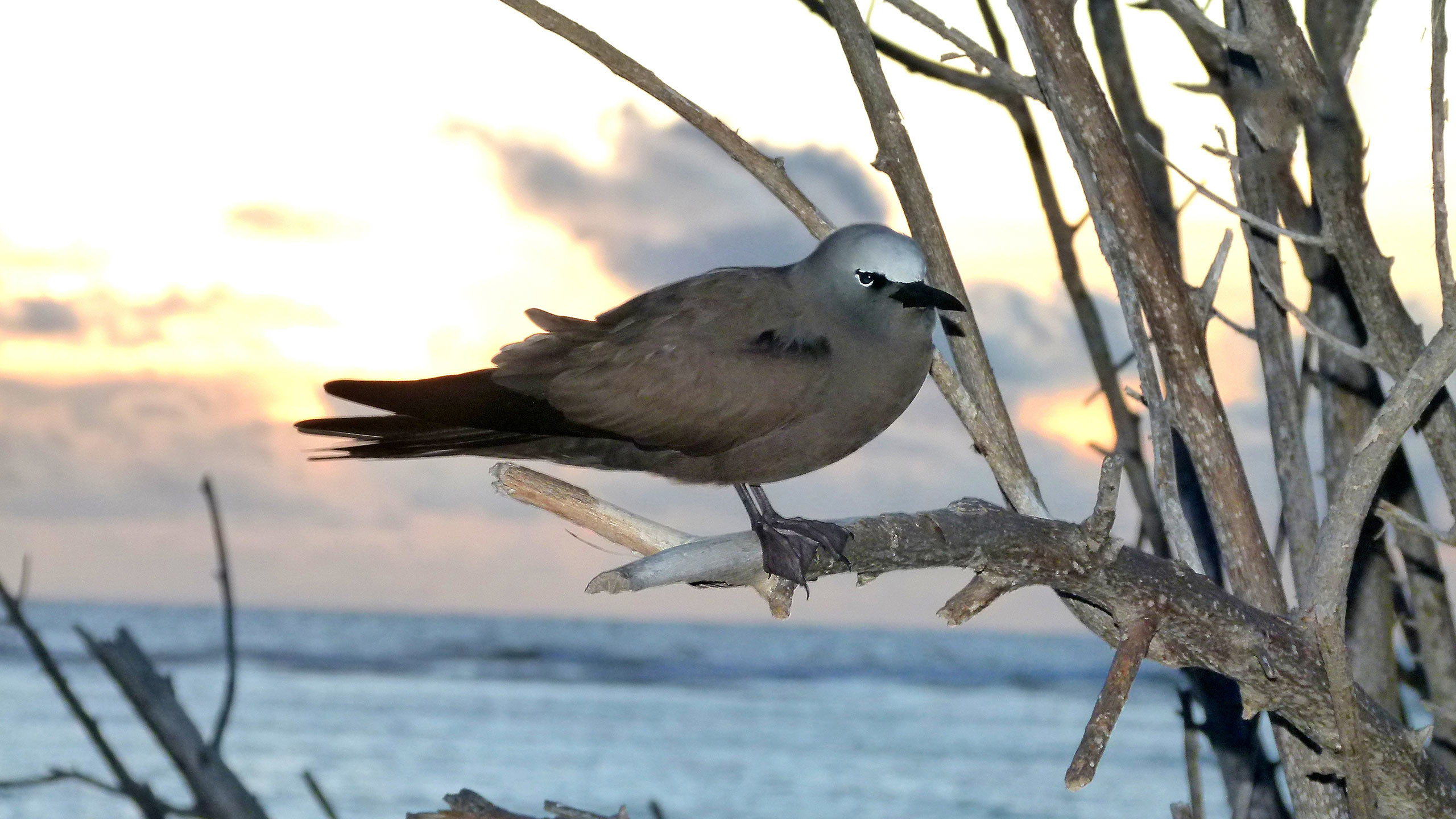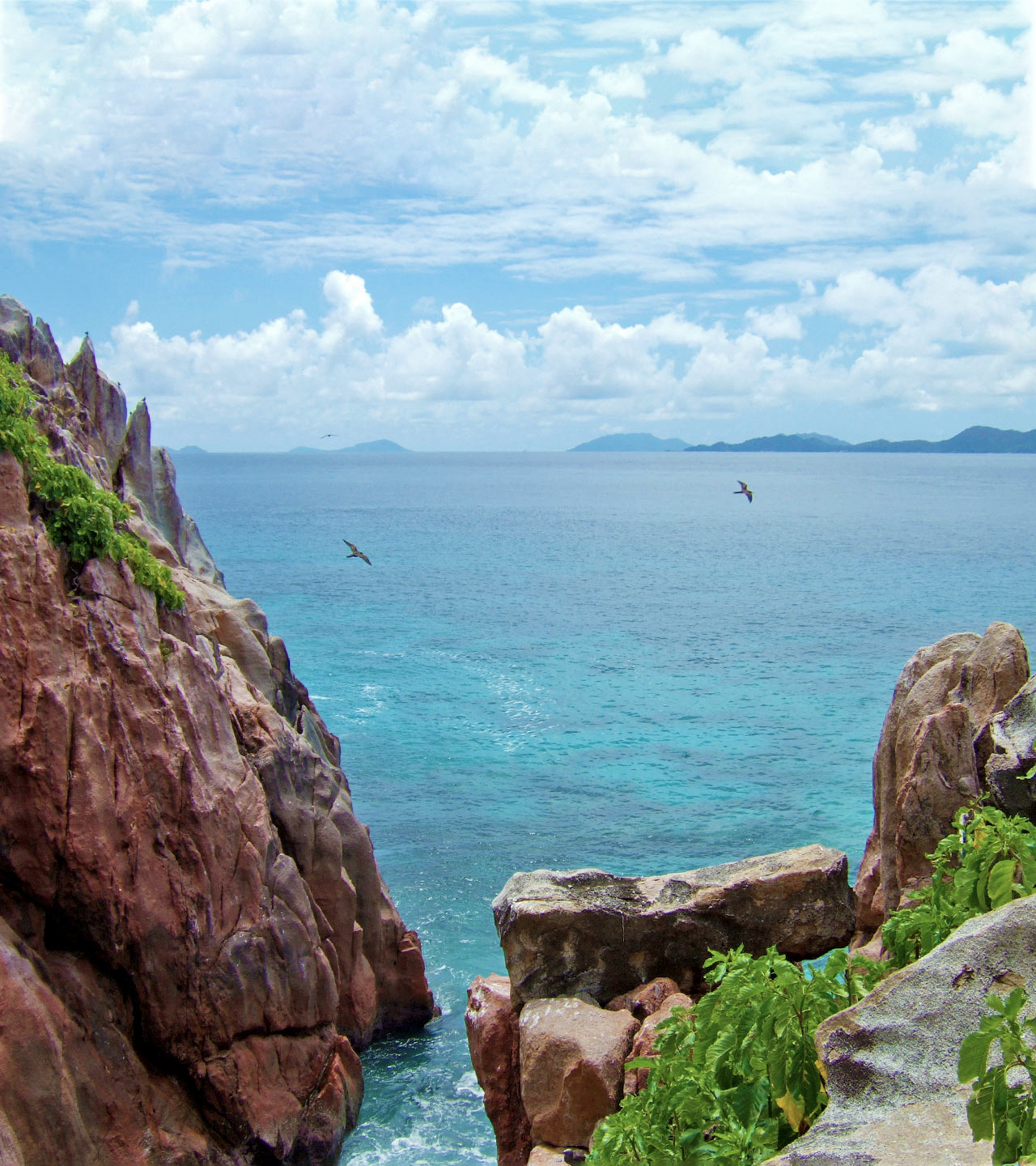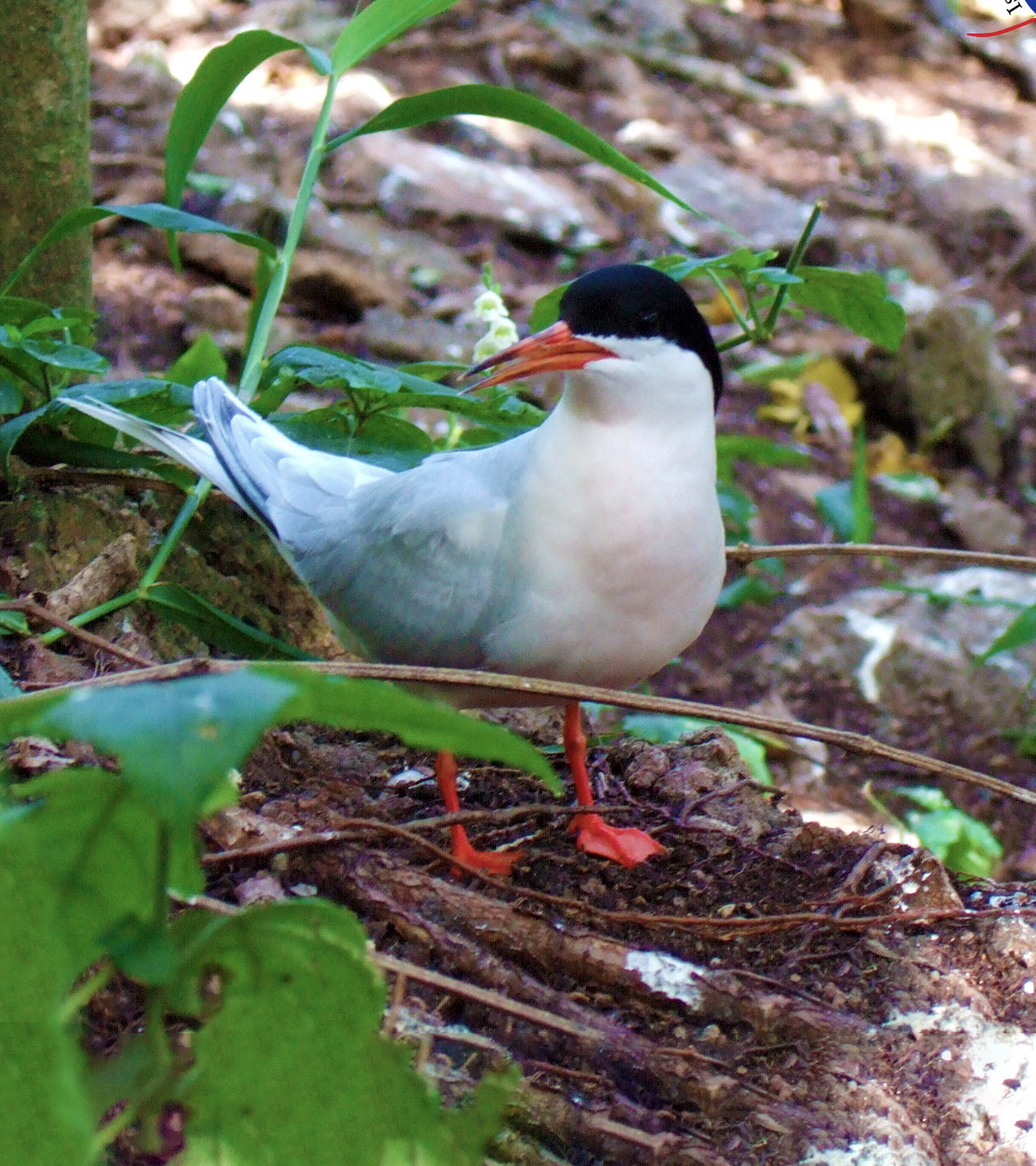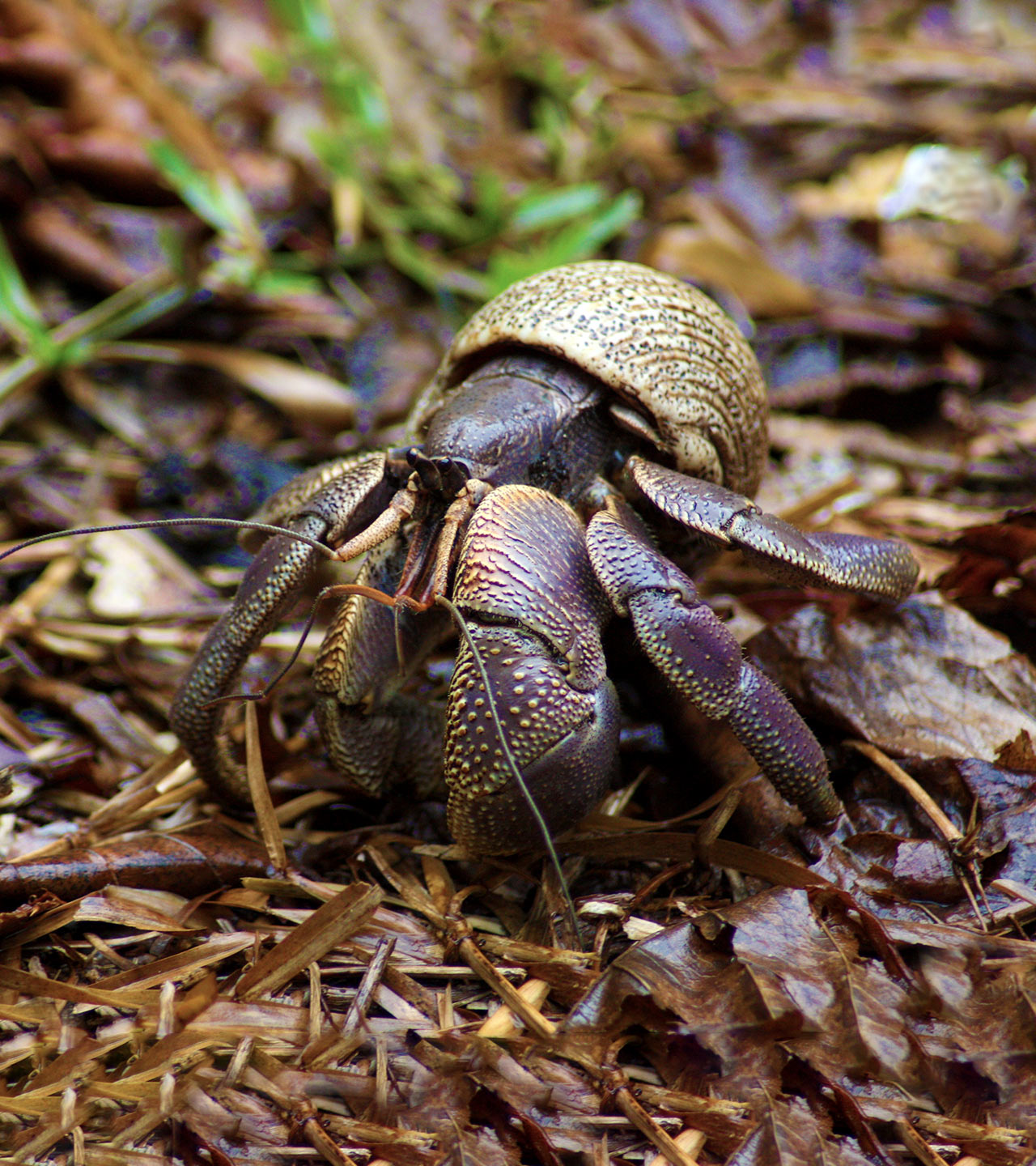A guide to Seychelles’ Aride Island Special Reserve
A visit to Aride Island Nature Reserve is an opportunity to enjoy an uncrowded, unspoilt island within a short sail from Mahe. This is Seychelles as it was before human settlement. For those who seek the ultimate private island for the day, Seal Superyachts are able to arrange exclusive visits for our clients.
Posted on
Home to the largest number of breeding seabird species at any location in Seychelles with the world’s largest population of Tropical Shearwater and Lesser Noddy and Seychelles’ largest population of Roseate Tern and, Aride has an abundant and stunning wildlife that can be found in and around the Island. Its elevated and heavily wooded topography and granite cliffs are visually striking from different angles, but definitely more spectacular when in a boat touring around the Island. Its unspoiled natural beauty and rich biodiversity leaves all breathless and interested to explore deeper into its different habitats.

Location and History
The most northerly granitic island of Seychelles at around 9 kilometres north of Praslin Island and 50 kilometres from Mahe Island, Aride is one of the largest nature reserves in Seychelles. It was once exploited for coconuts and Sooty Tern eggs until purchase by Royal Society of Wildlife Trusts of UK, in 1973 with funds donated by Christopher Cadbury. In 2004, the Special Reserve was given to the Island Conservation Society, an environmental non-governmental organisation, who now owns and ecologically manages the nature reserve. The nature reserve is a sanctuary for huge numbers of around 10 species of breeding seabirds and several endemic land birds, plants, reptiles and invertebrate species found nowhere else on other islands and worthy of protection.
“My father had the foresight to recognise the potential of the island as a heritage nature reserve, not as a holiday resort” James Cadbury, the son of Christopher Cadbury.

Aride’s Wildlife
The ecological management of the Island from a once commercially exploited woodland into a thriving lush and pristine forest has proven to be vital for several flagship species. There are five endemic land birds including the world’s largest population of Seychelles Warbler and a thriving population of the Seychelles Magpie-robin, all translocated from other islands nearby as part of a project to support the sustainability of these species. The island supports a range of endemic reptiles, including exceptional densities of Wright’s Skink and Seychelles Skink. Seychelles Whip Spider, Giant Millipede and a venomous Giant Centipede are noticeable among the invertebrates, while the water stick-insect Ranatra grandocula is endemic to Seychelles and the spider Aridella bowleri is known only from Aride. Of the more than 100 plant species recorded at Aride, most significant is Wright’s Gardenia, an elegant small tree with beautifully perfumed flowers. Although introduced to other Seychelles islands such as Silhouette Island (where ICS has established one of its Conservation Centres), this is the world’s only naturally-occurring and self-sustaining population with over 1,000 individuals. The widespread and locally abundant Peponium sp. is another endemic found on the Island.

About 30 Hawksbill and a few Green Turtles nest along the beach crest. The breeding population of Critically Endangered Hawksbills is under intensive monitoring, especially when they come to lay eggs ashore during broad daylight. There is a scientific monitoring programme set up by one of the world’s leading sea turtle scientists, Dr. Jeanne Mortimer to collect data on the nesting population size, the movements of the tagged individuals and other information. The Hawksbill can be observed laying eggs ashore during the day but under strict protocols. A variety of coastal marine species can also be observed, parading and interacting with each other, such as the Orange Hermit Crab and Horn-eyed Ghost Crab. Walking more in land on the plateau, Giant Mangrove Crabs can also be found, digging burrows as much as 9 centimetres wide and 1.5 metres deep.

Aride’s Conservation Programme
ICS guards the reserve from introduction of invasive alien species, such as rats and alien insects, while conserving and restoring intact ecosystems. The reserve welcomes a mix of foreign and domestic students and scientists who are keen to increase their knowledge on the diverse species and the natural processes in and around the nature reserve. They also make use of their expertise to assist in the day to day running of the reserve, which is highly appreciated by all as a sign of gratitude to their experience of working on the Island.
Self-financed through eco-tourism, Aride takes pride in welcoming visitors but with strict adherence to current biosecurity protocols and COVID-19 prevention control measures. There are various scientific research programmes and their associated projects that are still dependent on external funding sources. To learn more about our programmes and to support us financially, kindly pay us a visit at www.arideisland.com

What to Expect in Aride Special Reserve
Comprise of five habitats, namely, the Reef, the Beach, the Plateau, the Hill Woodland, and the Hilltop, a full day of adventurous exploration would be mostly ideal. Around 1 km from the high water mark is a marine protected area filled with a thriving population of coral reefs, home to a variety of marine life such as sea turtles, nurse sharks, white mouth moray and a variety of fishes and crustaceans. Bottle-nosed Dolphins can also be seen occasionally roaming the outer area of the reefs.
On land, you will find a variety of birds everywhere and their curiosity would often lead them to fly above people’s heads. You will definitely see the Seychelles Magpie-Robins, Seychelles Fody, Seychelles Warbler, Lesser Noddy as well as Seychelles Tropicbird while you walk along the plateau. Prepare your cameras to also take photos of land reptiles such as giant tortoises and skinks as well as large millipedes. Depending on the time of the year you might also come across a Hawksbill laying eggs along the sandy seashore.


Since Aride is a Special Reserve with strict environmental ethical protocols, we request to all visitors to adhere to the instructions given by our dedicated conservationists. They do their work with a passion and always keeps the wellbeing of the thriving species at heart.
Aride Special Reserve doesn’t organise visits or tours, hence why you should liaise directly with Alastair Maiden at Seal Superyachts Seychelles to arrange an island landing permit and seek further queries before you plan to visit the Island. The fee charged to all visitors goes towards the maintenance of the Special Reserve as well as financially supporting our conservation programmes.
“A visit to Aride is a taste of Seychelles before man: pristine and positively bursting with life. Fewer than two percent of visitors to Seychelles discover Aride. The other 98 percent, don’t know what they have missed” Adrian Skerrett, Founder and Chairman of ICS.
Destinations: Indian Ocean, Seychelles
Footnote:
Contact Seal Superyachts Seychelles for detailed information about cruising around Seychelles, superyacht charter regulations and about how we can support your visit.
Principle agent Alastair Maiden is proud to have worked with many of the World’s largest Superyachts and has extensive knowledge of Seychelles and the surrounding area.
Alastair Maiden
Phone: +248 251 5051
Email: seychelles@seal-superyachts.com